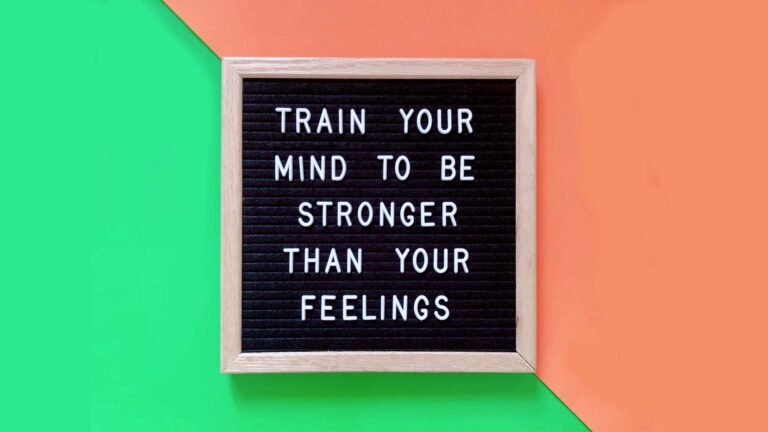Smart Fitness Goals: How To Set Them And Achieve Your Dream Physique
Introduction to Fitness Goals
When it comes to improving physical health and fitness, setting SMART fitness goals can be a game-changer. These goals help individuals create a clear, structured approach to achieving their fitness aspirations, making the path to success much more tangible and achievable.
Understanding SMART Goals
SMART is an acronym that stands for Specific, Measurable, Achievable, Relevant, and Time-bound. By ensuring that each fitness goal aligns with these principles, one is far more likely to see progress and maintain motivation.
How to Set SMART Fitness Goals
Embarking on a fitness journey can be overwhelming, but by setting SMART fitness goals, you can streamline the process and give yourself a clear roadmap to follow.
Specific
Instead of vague aspirations, specific goals clarify what you want to achieve. For instance, rather than saying you want to ‘get fit,’ a specific goal would be to ‘run a 5K without stopping.’
Measurable
It’s important that your goals have a metric for success. If you aim to improve your strength, you might set a goal to ‘increase your bench press weight by 20 pounds in 3 months.’
Achievable
Your goals should stretch your abilities while still being possible to accomplish. For example, if you are new to running, a full marathon might not be an achievable starting point, but a 5K likely is.
Relevant
Relevance means your goals matter to you and align with your broader life objectives. Setting a goal to ‘attend three yoga classes per week to reduce stress’ would be relevant if stress reduction was an important aspect of improving your overall well-being.
Time-bound
Putting a deadline on your goals creates a sense of urgency. Rather than aiming to ‘lose weight eventually,’ a time-bound goal might be to ‘lose 10 pounds in 10 weeks.’
Benefits of SMART Fitness Goals
SMART fitness goals offer a host of benefits. Firstly, they provide direction and focus, reducing the chances of feeling lost or unsure about what to do next. Additionally, they enable small victories which are crucial for long-term sustainability in any fitness journey.
Creating Long-Term Habits
By setting and achieving these goals consistently, you are more likely to form habits that stick. This helps in transitioning from short-term gains to a lifestyle of maintaining fitness and health.
Tracking Progress
Because SMART fitness goals are measurable, they allow you to track your progress over time. This can be incredibly gratifying and empowering, as you see concrete evidence of your improvements.
Examples of SMART Fitness Goals
Here are some examples of goals that fit the SMART criteria:
- Specific: Enroll in a local 10K race happening in 6 months.
- Measurable: Lose 5% body fat in the next 12 weeks.
- Achievable: Increase the number of push-ups you can do in one set from 10 to 20 in the next month.
- Relevant: Cycle to work 3 times a week to enhance cardiovascular health and reduce carbon footprint.
- Time-bound: Master the skill of deadlifting with proper form within the next 8 weeks by attending weekly training sessions.
Conclusion
Incorporating SMART fitness goals into your fitness regimen is not just a trend, but an effective strategy for sustaining momentum and realizing your ambitions. By being Specific, Measurable, Achievable, Relevant, and Time-bound, these goals can turn the daunting task of improving your health into a well-navigated journey, fraught with rewards and personal growth.
Frequently Asked Questions
What should be my first SMART fitness goal?
Your first goal should be something that motivates you and is realistically attainable within a short time frame. This might be something like ‘complete a 30-minute workout three times in the first week.’
Can SMART fitness goals change over time?
Absolutely, goals should evolve as your fitness level improves. Periodically reassessing and updating your goals is an important part of the process to ensure they remain challenging and relevant.
How do I know if my fitness goal is achievable?
Consult with a fitness professional, do some research, or consider past experiences to determine whether a goal is achievable. Over time, you’ll become better at setting goals that push you without being discouraging.
What if I fail to achieve my SMART fitness goal?
Failure can be a part of the journey. It’s essential to reflect on what held you back, learn from the experience, and adjust your plan accordingly. Resilience is key in any fitness pursuit.







